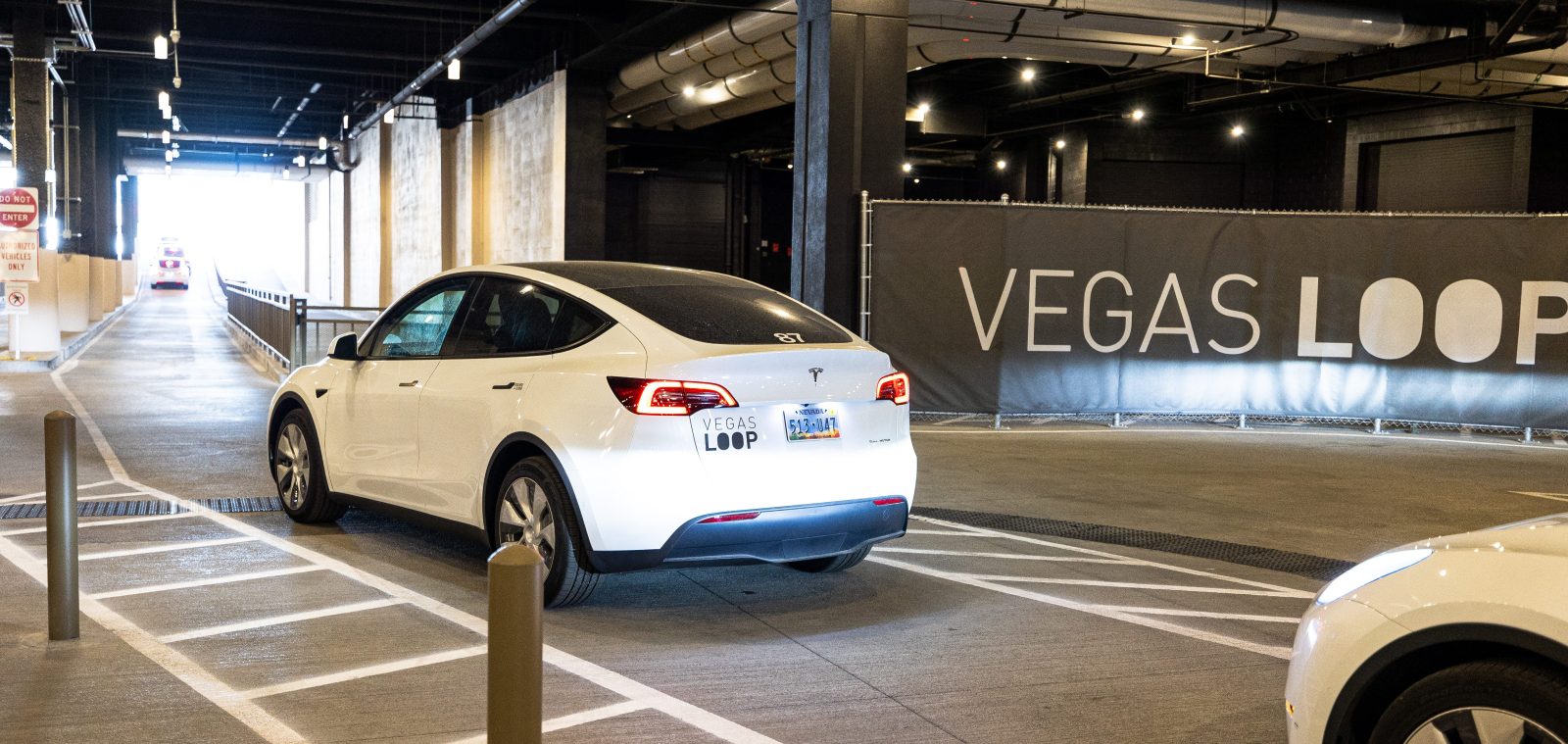
Tesla vehicles moved almost 100,000 people inside the Boring Company tunnels under Las Vegas in only a few days during CES last week.
The Las Vegas Convention Center Loop is The Boring Company’s first full-scale loop project currently in commercial use.
Elon Musk’s tunneling start-up completed the $50 million project in just over a year.
A Boring Company Loop system consists of tunnels in which Tesla electric vehicles travel at high speeds between stations to transport people within a city.
While the ambition is to have complex tunnel systems underneath entire cities, the Las Vegas Convention Center Loop is only 1.5 miles long with three stops. The company also added a stop at the Resorts World’s hotel and casino, which is one of the closest ones to the convention center.
Last year, The Boring Company obtained approval to expand the Loop to the whole city with 29 miles and 51 stations planned in Las Vegas.
But while it is expanding the tunnel network, it is operating in what is commonly referred to as the LVCVA Loop – the system had a big week with CES last week, which is often attended by over 100,000 people in just a few days.
The Boring Company has now released some data about the performance and confirmed over 94,000 passengers travel in the LVCVA loop. The company also said it moved over 10,000 passengers to and from Resorts World.
The company also said that the rides were, on average, less than 2 minutes, and the average wait time to get a Tesla vehicle was less than 10 seconds.
Electrek’s Take
Top comment by Mike
Boring tunnel isn't much more than a carnival trick with color changing lights. Even worse after I realized they actually have drivers for each car.
For a while, we didn’t have any data about the real-world capacity of the system. This is still a smaller application of it, but it’s still interesting to get some hard data for the first time.
I know that many don’t get how this is better than a subway system, but I don’t know if this is the best comparison.
I think the biggest difference is the cost to build the tunnels for a single car width with The Boring Company is so much cheaper than building a subway system that it can enable more direct transport to specific locations.
Also, the cost should go down over time in terms of the construction with The Boring Company’s technology and Tesla eventually enabling driverless use inside the tunnels.
FTC: We use income earning auto affiliate links. More.




Comments